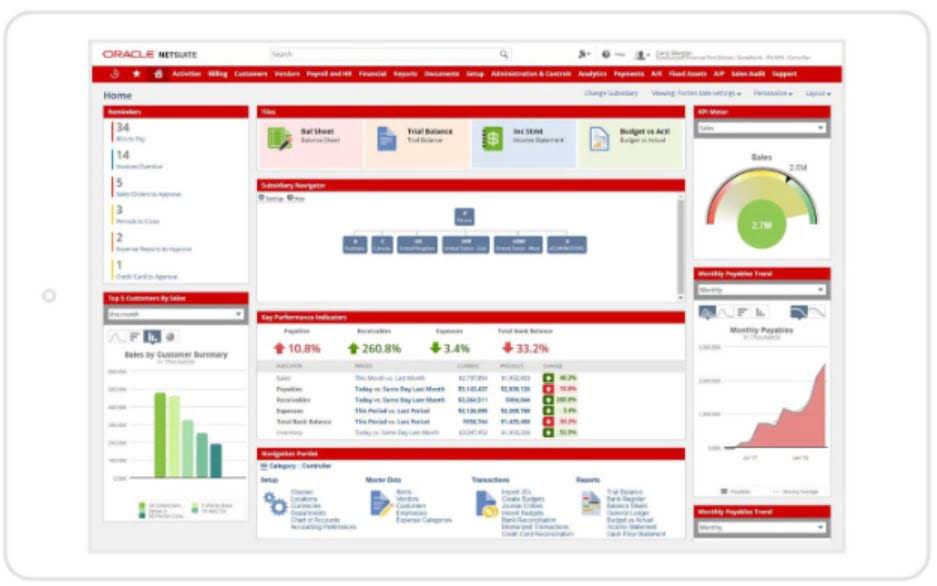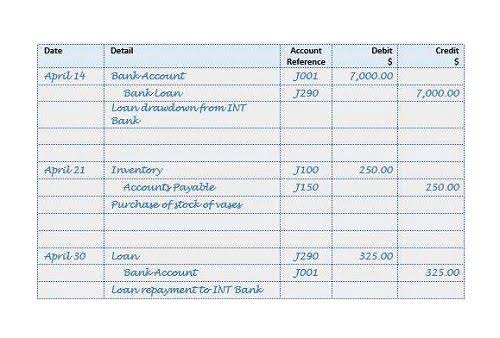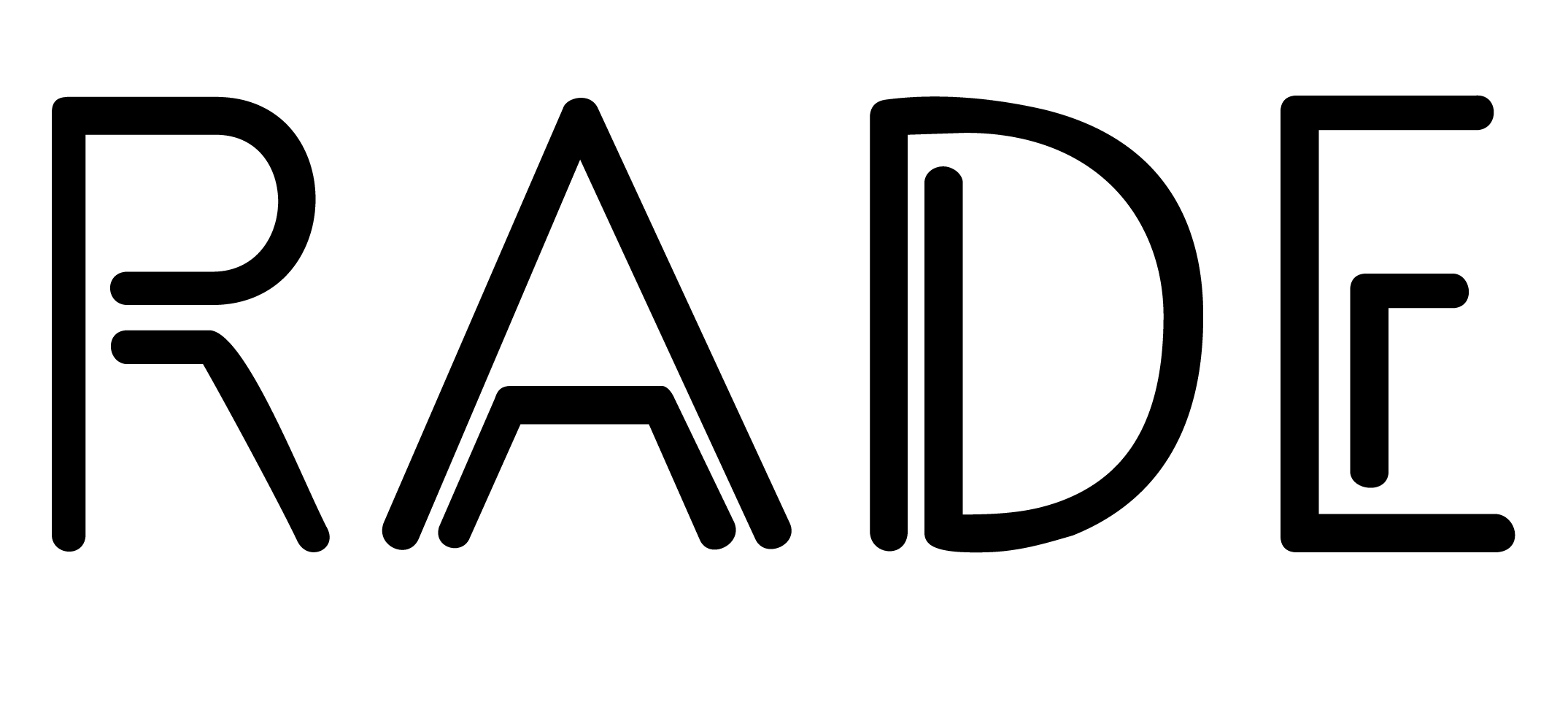
Contribution margin refers to sales revenue minus total variable costs. It is the amount available to cover fixed costs to be able to generate profits. For example, if a product sells for $100 with variable costs of $60, the contribution margin is $40 ($100 – $60).
Contribution Margin vs. Gross Margin: What is the Difference?
- In other words, your contribution margin increases with the sale of each of your products.
- This ratio helps determine the minimum price necessary to maintain financial viability, providing a buffer for unexpected costs or market shifts.
- Using the provided data above, we can calculate the price per unit by dividing the total product revenue by the number of products sold.
- Scale also gives you negotiating power with suppliers, and you may be able to secure lower prices.
- Both contribution margin ratio and gross margin are measures of profitability, but in different ways.
Expressed another way, the contribution margin ratio is the percentage of revenues that is available to cover a company’s fixed costs, fixed expenses, and profit. For example, it can help a company determine whether savings in variable costs, such as reducing labor costs by using a new machine, justify the increase in fixed costs. This assessment ensures investments contribute positively to the company’s financial health. In the Dobson Books Company example, the total variable costs of selling $200,000 worth of books were $80,000. Remember, the per-unit variable cost of producing a single unit of your product in a particular production schedule remains constant.
More Resources

Thus, the total variable cost of producing 1 packet of whole wheat bread is as follows. Contribution margin calculation is one of the important methods to evaluate, manage, and plan your company’s profitability. Further, the contribution margin formula provides results that help you in taking short-term decisions. A low margin typically means that the company, product line, or department isn’t that profitable. An increase like this will have rippling effects as production increases. Management must be careful and analyze why CM is low before making any decisions about closing an unprofitable department or discontinuing a product, as things could change in the near future.

Formula
As you can see, the net profit has increased from $1.50 to $6.50 when the packets sold increased from 1000 to 2000. However, the contribution margin for selling 2000 packets of whole wheat bread would be as follows. Thus, you need to make sure that the contribution margin covers your fixed cost and the target income you want to achieve. As a business owner, you need to understand certain fundamental financial ratios to manage your business efficiently. These core financial ratios include accounts receivable recording transactions turnover ratio, debts to assets ratio, gross margin ratio, etc. Investors and analysts use the contribution margin to evaluate how efficient the company is at making profits.
You need to calculate the contribution margin to understand whether your business can cover its fixed cost. Also, it is important to calculate the contribution margin to know the price at which you need to sell your goods and services to contribution margin ratio is equal to earn profits. Contribution margin is used to plan the overall cost and selling price for your products.
- Variable expenses can be compared year over year to establish a trend and show how profits are affected.
- Thus, the total variable cost of producing 1 packet of whole wheat bread is as follows.
- This means the higher the contribution, the more is the increase in profit or reduction of loss.
- As you can see, the net profit has increased from $1.50 to $6.50 when the packets sold increased from 1000 to 2000.
- Variable Costs depend on the amount of production that your business generates.
- Effective sales forecasting and demand planning are essential to balance growth with cost management.
- The contribution margin ratio represents a company’s revenue minus variable costs, divided by its revenue.
Also, you can use the contribution per unit formula to determine the selling price of each umbrella. The contribution margin income statement separates the fixed and variables costs on the face of the income statement. This highlights the margin and helps illustrate where a company’s expenses. Variable expenses can be compared year over year to establish a trend and show how profits are affected. Management uses the contribution margin in several different forms to production and pricing decisions within the business. This concept is especially helpful to management in calculating the breakeven point for a department or a product line.

For instance, in Year 0, we use the following formula to arrive at a contribution margin of $60.00 per unit. One common misconception pertains Grocery Store Accounting to the difference between the CM and the gross margin (GM). The following are the disadvantages of the contribution margin analysis. Shaun Conrad is a Certified Public Accountant and CPA exam expert with a passion for teaching. After almost a decade of experience in public accounting, he created MyAccountingCourse.com to help people learn accounting & finance, pass the CPA exam, and start their career. For the past 52 years, Harold Averkamp (CPA, MBA) hasworked as an accounting supervisor, manager, consultant, university instructor, and innovator in teaching accounting online.
The contribution margin ratio is pivotal in break-even analysis, which determines the sales volume needed to cover all costs. This calculation reveals the sales target where total revenues equal total costs, resulting in neither profit nor loss. In the next part, we must calculate the variable cost per unit, which we’ll determine by dividing the total number of products sold by the total variable costs incurred. The contribution margin ratio, often abbreviated as “CM ratio”, expresses the residual profits generated from each unit of product sold, once all variable costs are subtracted from product revenue.
However, price adjustments must consider market conditions and consumer demand. A price increase could reduce sales volume if customers perceive the product as overpriced. Companies use market research and elasticity analysis to find optimal pricing strategies that maximize profitability while remaining competitive. Adhering to regulations like the Robinson-Patman Act ensures fair competition.

 WhatsApp us
WhatsApp us